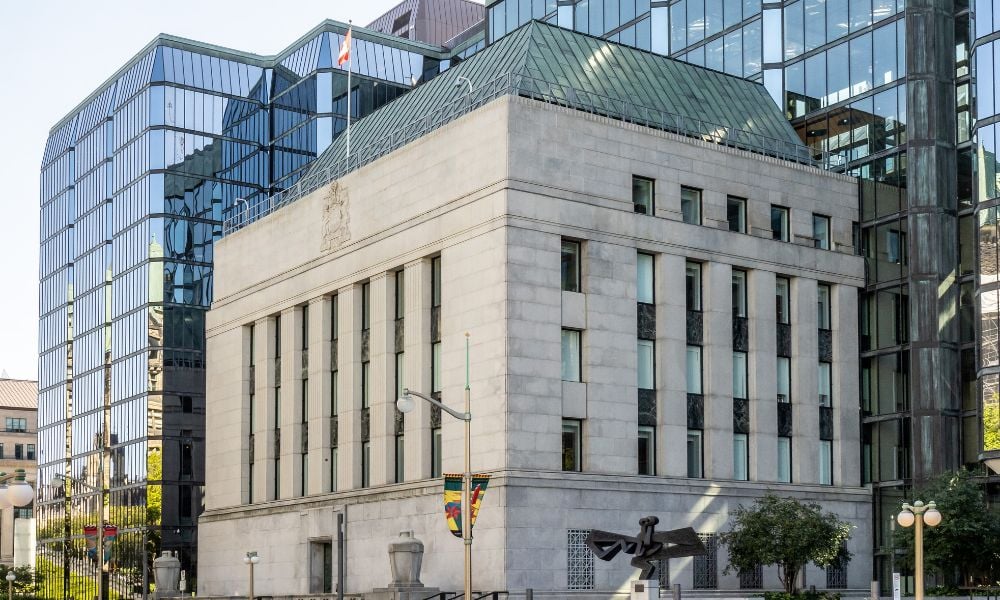After a third rate cut, the Bank of Canada signals further cuts as inflation and growth slow down

The Bank of Canada reduced its policy interest rate for the third consecutive time on Wednesday.
The bank signalled further cuts ahead as concerns about a weakening economic outlook become more prominent in its risk assessments, according to Financial Post.
This decision lowered the benchmark rate by 25 basis points to 4.25 percent, marking the first time the central bank has made three consecutive cuts, excluding the pandemic, since the 2009 global financial crisis.
Bank of Canada governor Tiff Macklem, in prepared remarks from Ottawa, stated, “If inflation continues to ease broadly in line with our July forecast, it is reasonable to expect further cuts in our policy rate.”
He emphasized that the bank would assess the “opposing forces on inflation” and make monetary policy decisions individually. One of the main risks identified is the potential for further economic weakening.
Although Canada’s gross domestic product (GDP) surpassed the bank’s expectations with a 2.1 percent growth in the second quarter, GDP in June and the early estimate for July were stagnant. The unemployment rate has climbed to 6.4 percent, with hiring remaining weak.
“As inflation gets closer to target, we want to see economic growth pick up to absorb the slack in the economy, so inflation returns sustainably to the two per cent target,” Macklem noted. He also reiterated concerns about inflation falling below the two percent target, as highlighted in July.
Headline inflation slowed to 2.5 percent in July, and core inflation—the bank's preferred measure—has averaged around the same. However, shelter inflation, influenced by higher interest rates, remains the largest contributor.
“Shelter inflation is still much too high, but it looks like it is starting to roll over, it’s starting to come down,” Macklem said. He added that further easing in shelter price inflation would be necessary to reach the inflation target.
Claire Fan, an economist with the Royal Bank of Canada, commented that despite factors potentially keeping inflation elevated, the central bank is increasingly focusing on the risks of a weakening economy.
“Already, growth in the third quarter is looking to undershoot the Bank of Canada’s July forecast of 2.8 per cent,” Fan said in a note to clients, adding that she expects another rate cut in October.
David Rosenberg, founder of Rosenberg Research, also predicted ongoing rate cuts due to the deteriorating economic situation.
“The Canadian economy is on a very shaky foundation, as absent the population boom, the economy would be contracting at a -2.4 per cent annual rate,” Rosenberg wrote in a note.
Economists anticipate that the Bank of Canada will continue reducing its interest rate through the end of the year and into 2025, with rates expected to drop to between 2.25 and 3.25 percent by late 2025.
When asked about the possibility of a 50-basis-point cut, Macklem did not rule it out. “We will be assessing the data as it comes out, if we need to take a bigger step, we’re prepared to take a bigger step,” he said, noting that a 25-basis-point cut seemed appropriate for now.


